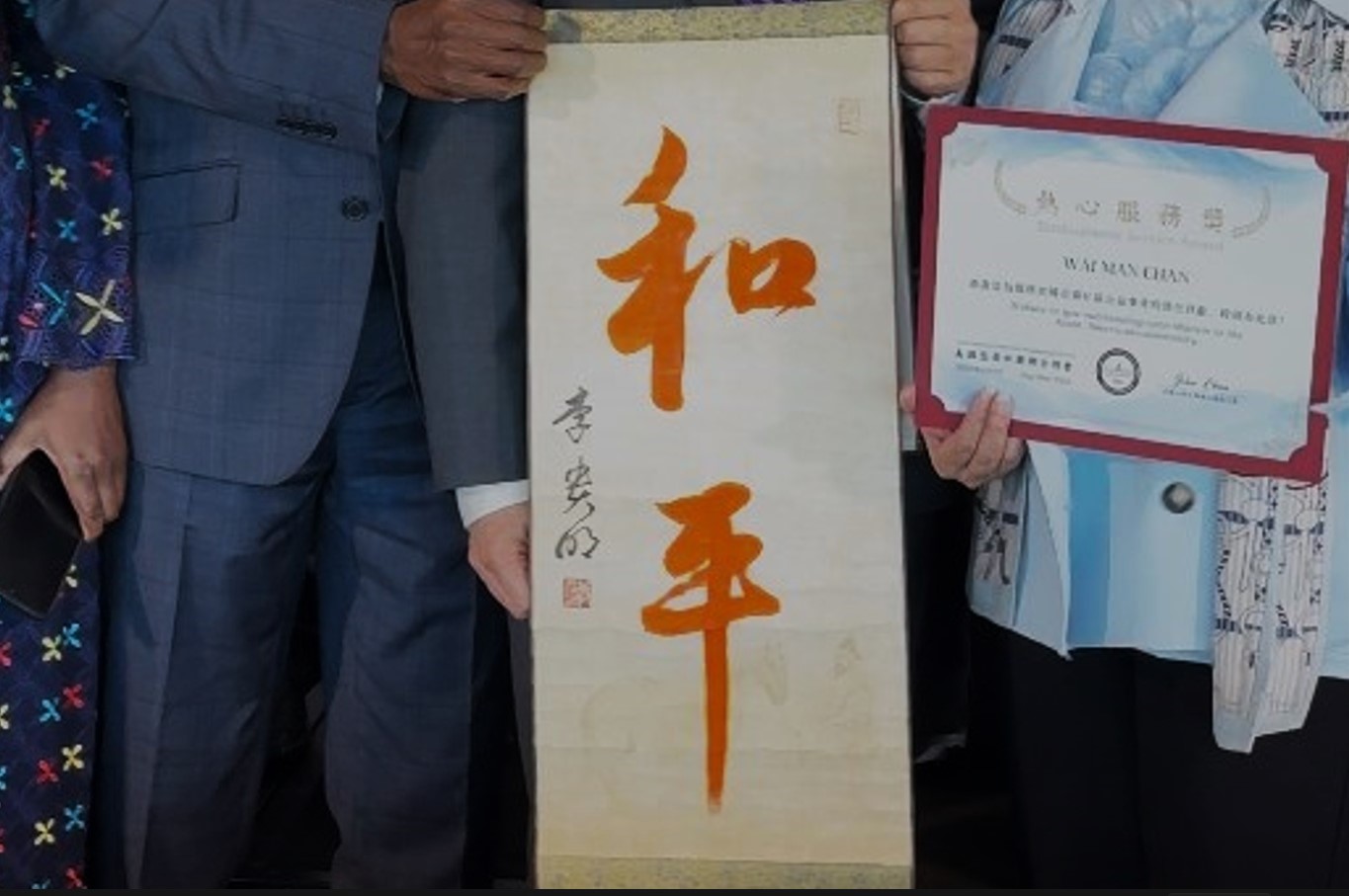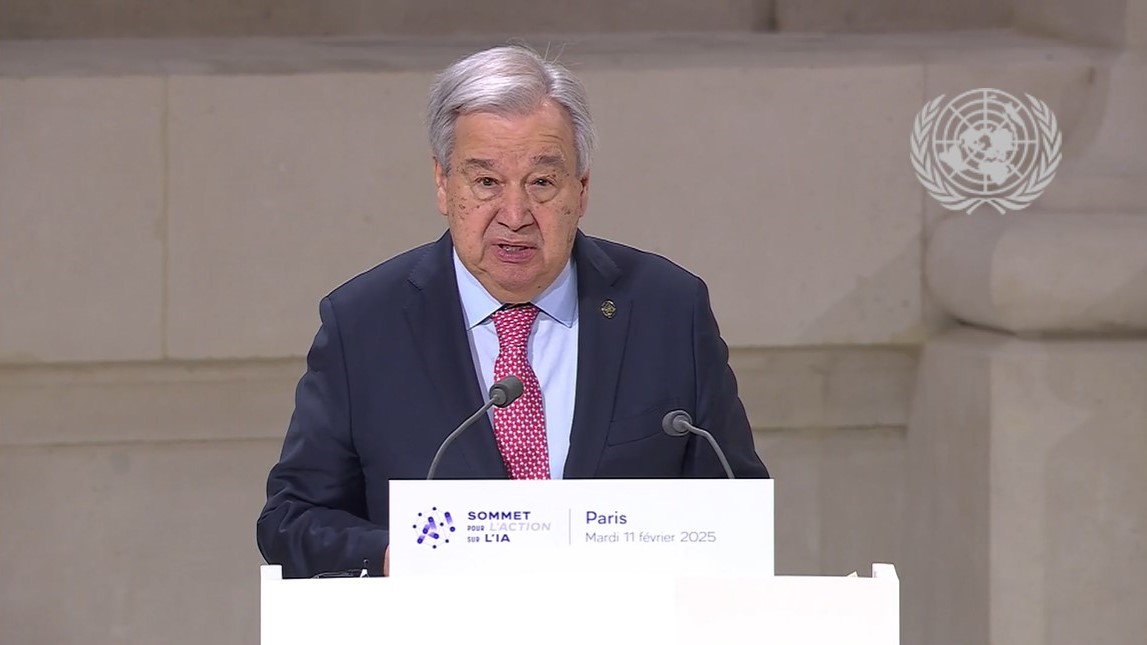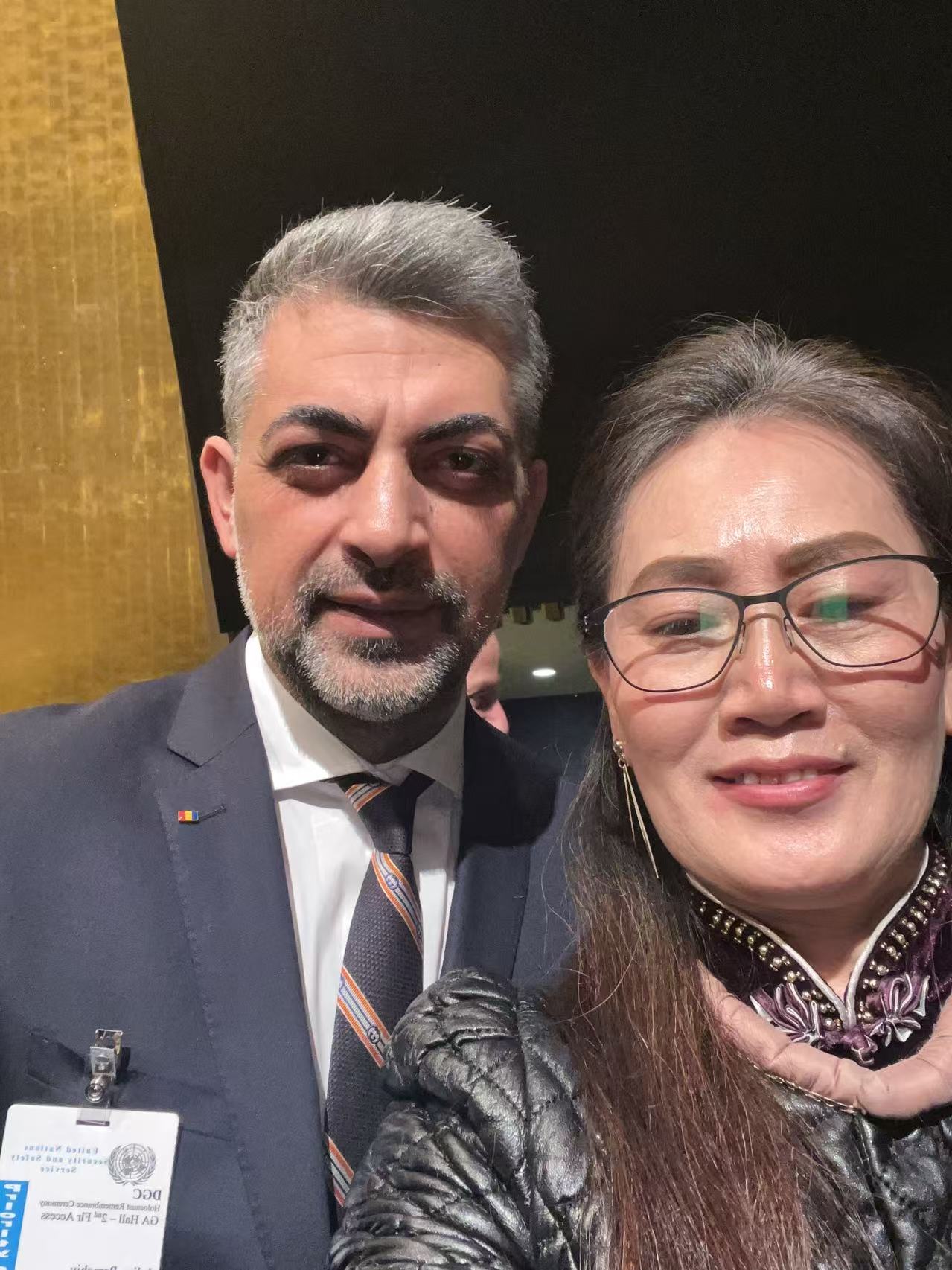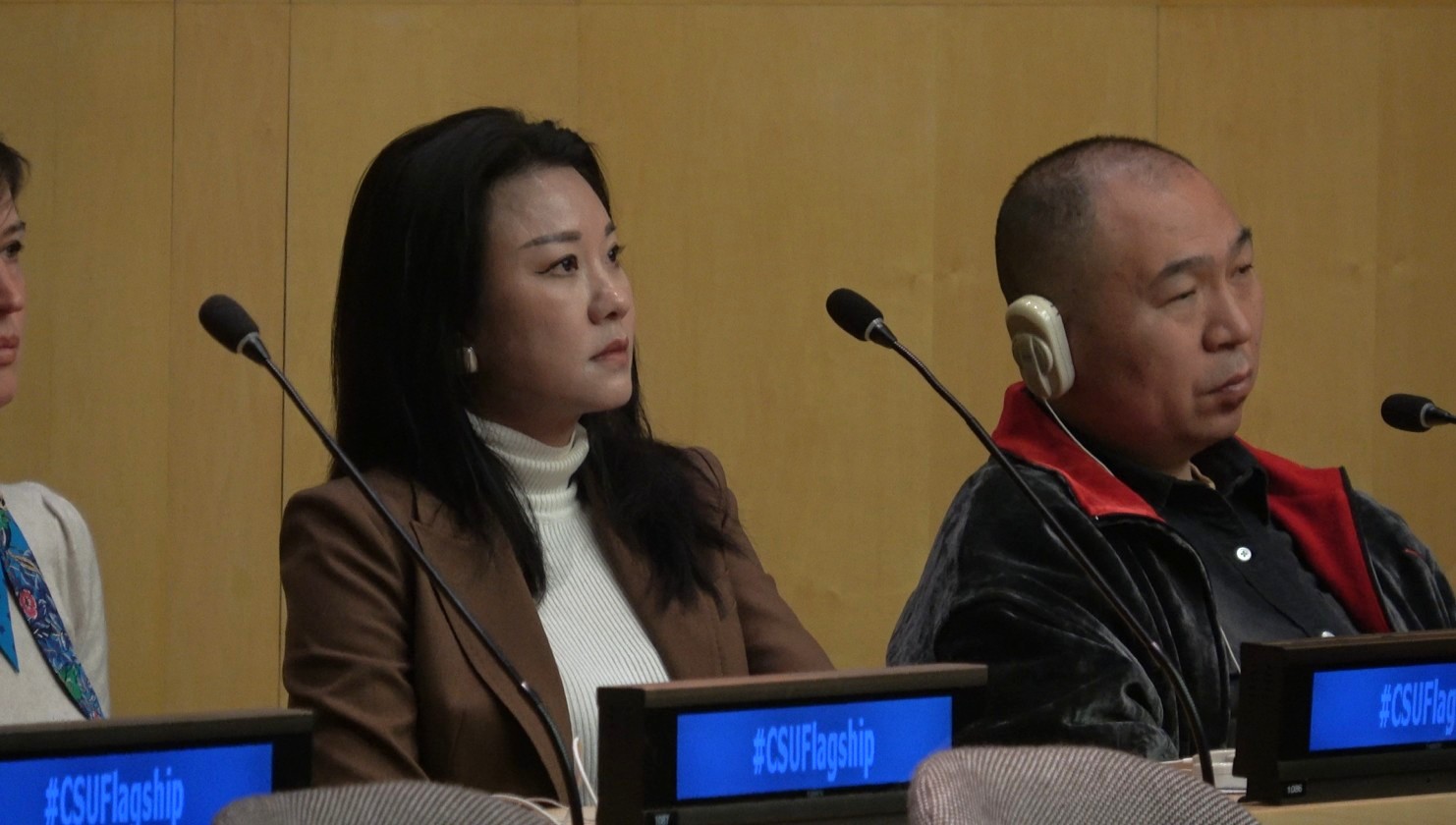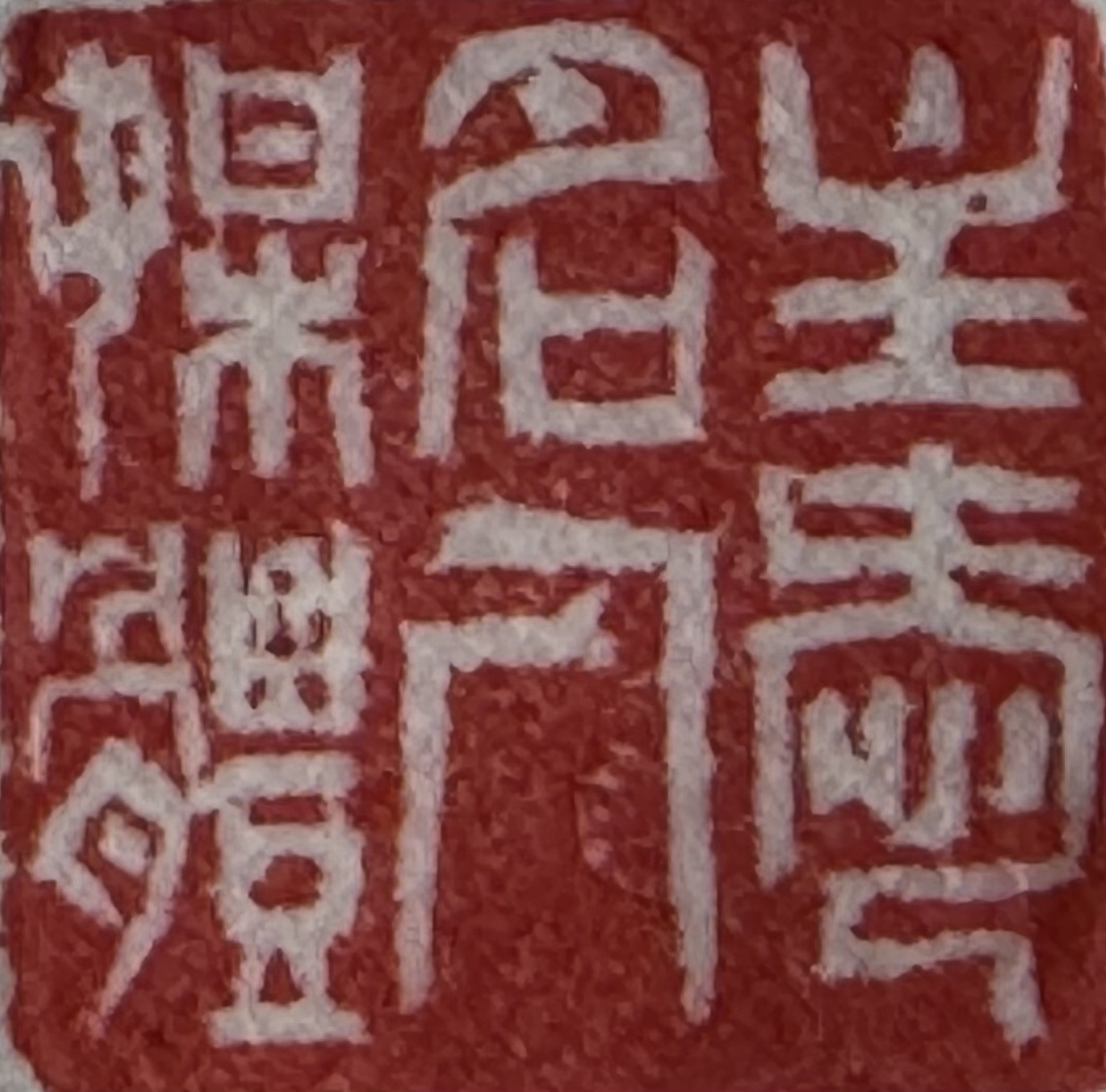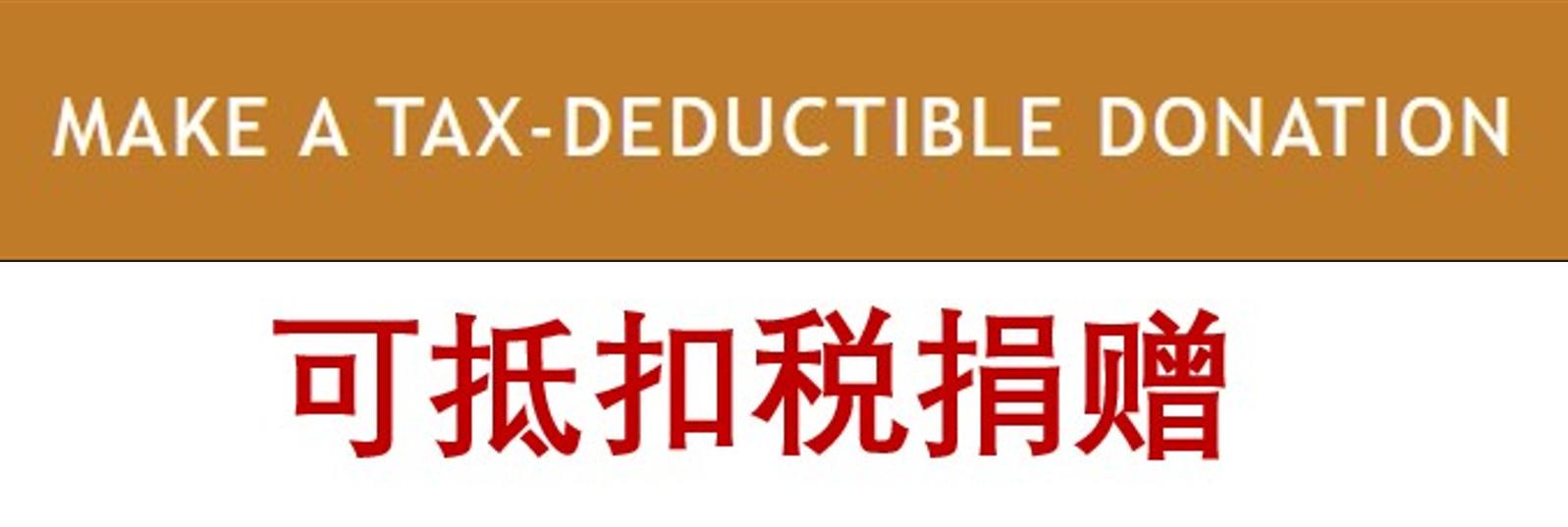
Women working in the health and care sector earn nearly 25 per cent less than their male counterparts – a larger gender pay gap than in other economic sectors, two UN agencies said in a new report on Wednesday.
The gender pay gap in the health and care sector: a global analysis in the time of COVID-19 was published by the International Labour Organization (ILO) and the World Health Organization (WHO).
It documents a raw gender pay gap of roughly 20 percentage points which jumps to 24 percentage points when factors such as age, education and working time are taken into account.
Discrimination a factor
While much of this gap is unexplained, the agencies said it is perhaps due to discrimination towards women, who account for nearly 70 per cent of health and care workers worldwide.
The report also revealed that wages in the health and care tend to be lower overall when compared with other sectors, which is consistent with the finding that wages often are lower in areas where women are predominant.
Furthermore, even with the pandemic, and the crucial role played by health and care workers during the crisis, there were only marginal improvements in pay equality between 2019 and 2020.
“The health and care sector has endured low pay in general, stubbornly large gender pay gaps, and very demanding working conditions. The COVID-19 pandemic clearly exposed this situation while also demonstrating how vital the sector and its workers are in keeping families, societies and economies going,” said Manuela Tomei, Director of Conditions of Work and Equality Department at the ILO.
Working mothers penalized
The report also found a wide variation in gender pay gaps in different countries, indicating that these gaps are not inevitable and that more can be done to close the divide.
Within countries, gender pay gaps tend to be wider in higher pay categories, where men are over-represented, while women are over-represented in the lower pay categories.
Mothers working in the health and care sector also appear to suffer additional penalties, with gender pay gaps significantly increasing during a woman’s reproductive years and persisting throughout the rest of her working life.
A more equitable sharing of family duties between men and women could lead to women making different job choices, according to the report.
The analysis also examines factors that are driving the gender pay gaps in the health and care sector.
Dialogue and action
Differences in age, education and working time, as well as the difference in the participation of men and women in the public or private sectors, only address part of the problem.
The reasons why women are paid less than men with similar labour market profiles remains, to a large extent, unexplained by labour market factors, the report said.
Ms. Tomei expressed hope that the report will spark dialogue and policy action as there will be no inclusive, resilient and sustainable post-pandemic recovery without a stronger health and care sector.
“We cannot have better-quality health and care services without better and fairer working conditions, including fairer wages, for health and care workers, the majority of whom are women,” she said.
Jim Campbell, WHO’s Director of Health Workforce, added that the report contains success stories in several countries, including wage increases and political commitment to pay equity, which point the way forward.
"Women comprise the majority of workers in the health and care sector, yet in far too many countries systemic biases are resulting in pernicious pay penalties against them," he said.
“The evidence and analysis in this ground-breaking report must inform governments, employers and workers to take effective action.”
 Celebrity Media TV
Celebrity Media TV

